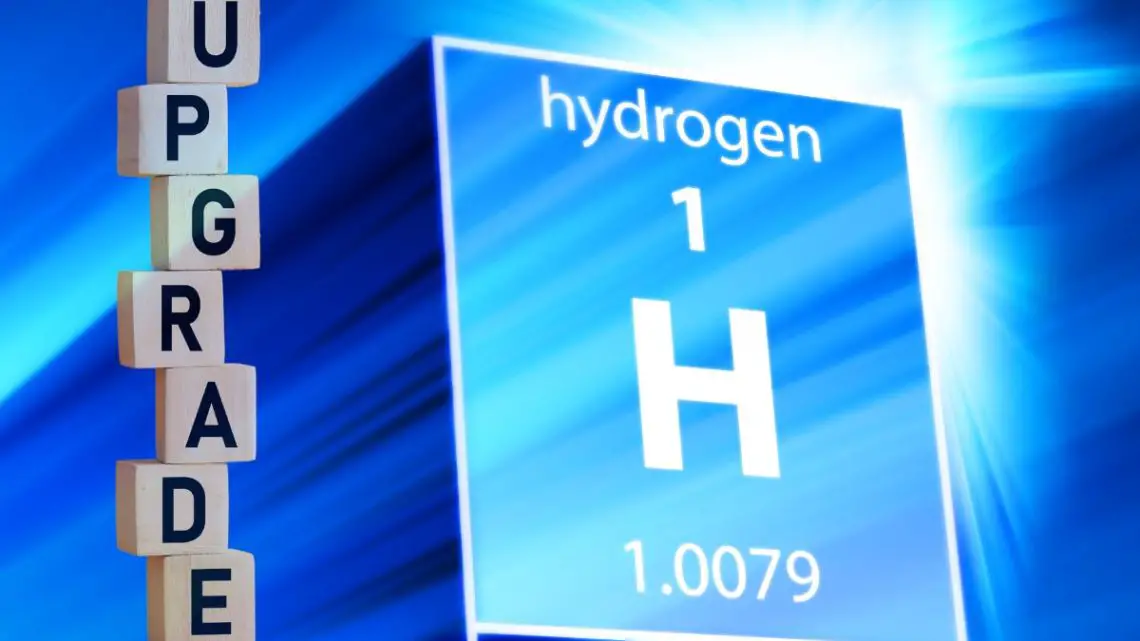
Tungsten oxide gives hydrogen fuel cell electrodes a performance upgrade
November 24, 2023 0 By Erin KilgoreA group of researchers from POSTECH have made an innovative discovery.
The researchers are making headlines in the academic world for introducing a tungsten oxide (WO3) coating to hydrogen fuel cell electrodes, which functions as a shield for these electrodes, effectively enhancing their durability, performance and efficiency.
Overcoming the catalyst degradation challenge.
The discovery made by the group of researchers from POSTECH (Pohang University of Science and Technology) could be welcome news for the hydrogen fuel cell vehicle market. The reason is that when hydrogen vehicles are started or suddenly stopped, the vehicle takes in air from the outside. An unintended electrochemical reaction within the fuel cell is activated by the oxygen in this external air. This reaction accelerates the deterioration of the catalyst. Since the frequent starting and stopping of a vehicle is unavoidable, significant catalyst degradation occurs.
To overcome this challenge, the research team harnessed the concept of metal-insulator transition (MIT). Metal-insulator transition is a phenomenon in which an insulator develops the capability of conducting electricity when exposed to external factors such as changes in the concentration or temperature of ambient gas.
Tungsten oxide can exploit the MIT phenomenon because it possesses the unique property of selectively conducting electricity as protons are intercalated/deintercalated. The researchers applied a coating of the tungsten oxide to a catalyst layer at the anode of the membrane-electrode assembly (MEA), a vital component of hydrogen fuel cells.
The coating selectively obstructs current flow only during starting up and shutting down conditions, which stops electrochemical reactions that result in the corrosion of the catalyst.
A corrosion-free hydrogen fuel cell catalyst.
The researchers found that when the tungsten oxide-coated MEA was integrated into an actual hydrogen fuel cell, the catalyst stayed free of corrosion during start-up and shut-down (SU/SD) events. This led to an incredible 94% performance retention rate.

The research showed that the team’s tech enhanced the fuel cell’s durability while at the same time delivering the advantage of integration into the existing mass production process for membrane-electrode assemblies.
Practical and readily applied.
 “This innovation will directly and significantly contribute to enhancing the durability of commercial hydrogen fuel cell vehicles,” said one of the lead researchers, Professor Yong-Tae Kim from the Department of Materials Science and Engineering and the Graduate Institute of Ferrous & Eco Materials Technology.
“This innovation will directly and significantly contribute to enhancing the durability of commercial hydrogen fuel cell vehicles,” said one of the lead researchers, Professor Yong-Tae Kim from the Department of Materials Science and Engineering and the Graduate Institute of Ferrous & Eco Materials Technology.
“What’s more, it can be readily applied to mass production processes of MEAs, simplifying its practical implementation,” Kim said.
The team’s hydrogen fuel cell research was published in the scientific journal, Science Advances.
Ready to test your knowledge on the most abundant element in the universe? Take our fun and engaging Hydrogen Quiz now! [forminator_quiz id=”58712″]
About The Author
Meet Erin, a seasoned writer with 12 years of experience in the field of alternative energy. With numerous publications under her belt, Erin is considered an expert in the industry. Her passion for...



 With over 15 years of reporting hydrogen news, we are your premier source for the latest updates and insights in hydrogen and renewable energy.
With over 15 years of reporting hydrogen news, we are your premier source for the latest updates and insights in hydrogen and renewable energy.